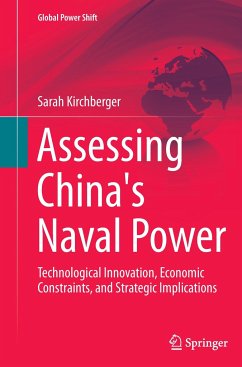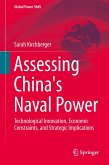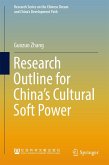This book analyzes the rise of China's naval power and its possible strategic consequences from a wide variety of perspectives - technological, economic, and geostrategic - while employing a historical-comparative approach throughout. Since naval development requires huge financial resources and mostly takes place within the context of transnational industrial partnerships, this study also consciously adopts an industry perspective. The systemic problems involved in warship production and the associated material, financial, technological, and political requirements currently remain overlooked aspects in the case of China.
Drawing on first-hand working experience in the naval shipbuilding industry, the author provides transparent criteria for the evaluation of different naval technologies' strategic value, which other researchers can draw upon as a basis for further research in such diverse fields as International Security Studies, Naval Warfare Studies, Chinese Studies, and International Relations.
Drawing on first-hand working experience in the naval shipbuilding industry, the author provides transparent criteria for the evaluation of different naval technologies' strategic value, which other researchers can draw upon as a basis for further research in such diverse fields as International Security Studies, Naval Warfare Studies, Chinese Studies, and International Relations.
"It is a powerful contribution to the debate on the military capacity of China and a precious source of information for all scholars and analysts dealing with security issues in Asia. This book bears a great value as a realistic global assessment of PLAN's current naval capability, based on an impressively comprehensive analytical framework. Ultimately, the author succeeds in her endeavour to provide convincing arguments for diminishing the fear of PLAN, the 'monster' we are afraid of." (Raymond Yamamoto, Journal of Asian Security and International Affairs, Vol. 4 (1), 2017)








